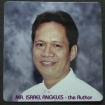Below: the bimetallic split balance wheel, overcoil (Breguet) hairspring and the damaged staff. Roller is missing.
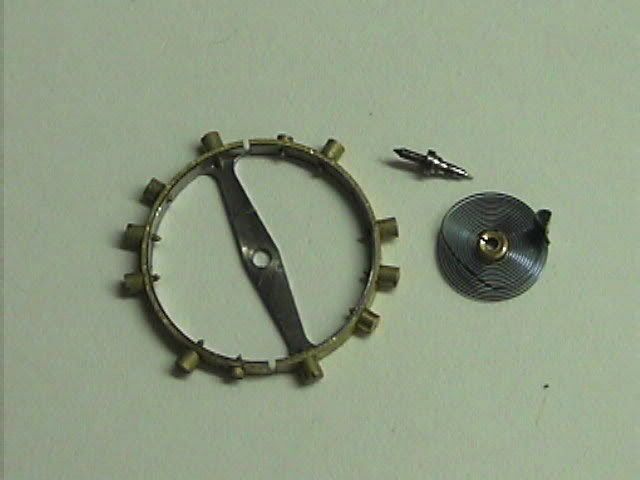
Israel "le arsi" Angeles - the author
Doing a complicated job like making a new balance staff and a new
roller table is really not an easy task for a 53 -year old Filipino
watchmaker like me. Of course the balance itself could hardly be
trusted for accuracy anymore because of its age and appearance not to mention the number of watchmakers who previously handled it before.
To make it back to normal again and start ticking the way it used to be I think a perfect duplication of the balance staff, fabrication of the missing roller and poising the balance must be done. Thank God! I have this not so complete second hand lathe machine that I bought several years ago from a local watch spare parts and tools dealer in Manila. I have spent quite some time in handling the lathe properly with the help of an American watchmaker’s book the Henry Fried’s Practical
Watch Repairing and some other books from England. I’ve learned the basic turning and shaping of a balance staff out of a scrap piece of steel. Since then I started giving services not only to the public but also to my fellow watchmakers here
in the Philippines In December 8, 2007 a watch service center in Makati City passed to me two hand made pocket watches named Elgin for repair. Their watchmakers were not able to fix it. The problem of one pocket watch was the rate is going wild while the other has a broken balance staff, unpoised balance and missing
roller table. These are the troubles that usually being denied by
many service centers here in the Philippines because availability
of the parts is just like a dream and a highly skilled watchmaker
is required to fix the problem. And fixing the problem is my daily
tasks on my bench. First, I draw sketch of a staff and measure
the old and broken staff and wrote it down. Next, I choose the
balance staff of a table clock to be the replacement material
because of its bigger size. I first annealed the replacement
material then started shaping a new staff. When the new staff
is 80% done I stop for a while so that I could have some
preparations in tempering it and start the next task- making
the new roller table. The material I used in making the new roller
table came from an old dial made of brass. I cut and shape the
roller table by turning the lathe. Thanks to the convinient and
accurate measurement by my digital caliper. I was able to
measure precisely the original dimension of the old staff and
establish the dimension of the missing roller table.
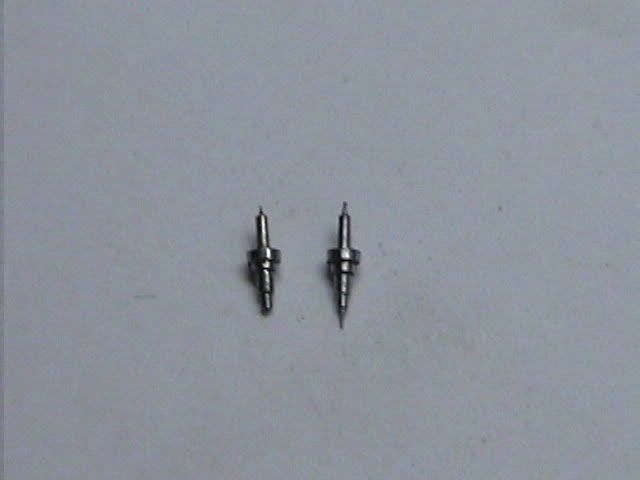 Left is the old staff, right is the replacement I made.
Left is the old staff, right is the replacement I made.Below is the roller while being cut on my lathe.

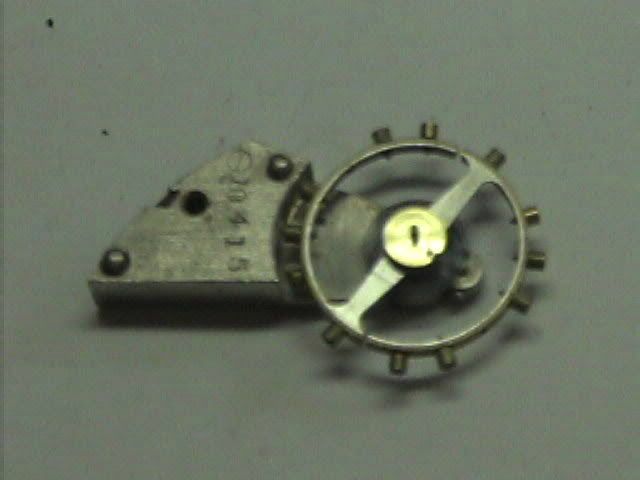 The new roller attached already to the balance wheel with new staff.
The new roller attached already to the balance wheel with new staff.The roller table was not a common one and I said - missing!
It has only what we so called “isang plato lang na roller”.
So I have to make it myself and find the exact measurement to
produce the replacement. I was able to measure the diameter
of the roller with my digital caliper by finding the precise distance of the center of the balance wheel to the pallet fork and started shaping it with the lathe. I used the old staff as the holder and made a fixture that will prevent the roller from getting loose while turning. Next was to implant a roller pin, again I choosed the roller pin of the old table clock because of its size and hardness. After determining the distance between the staff and the pallet fork I have succesfully implanted the pin and put a notch on it for pallet guard pin. To make the story short I have assembled the balance complete, poised, cleaned, oiled, demagnetized and
timed. The problem of the second pocket watch is just the balance was not poised that’s the reason why the rate is going wild. I found out also that the over-coil hairspring was eccentric and binding at the balance arm. So the second pocket watch is much more easier to do than the previous one. Once more,
another complicated job was done! And it feels good everytime I do this.
Below is the completed movement already working with good amplitude of the balance wheel
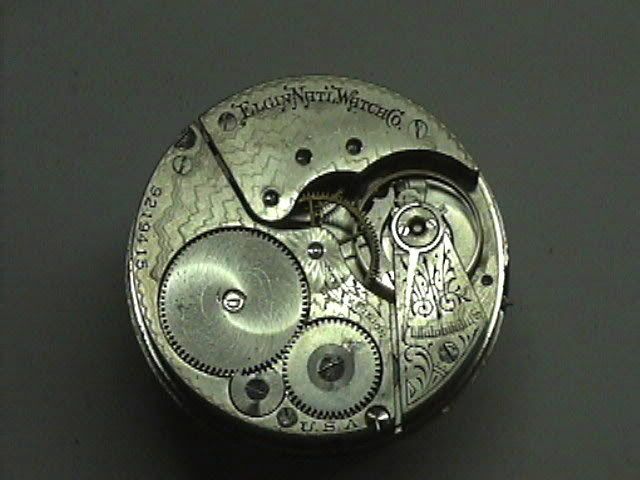
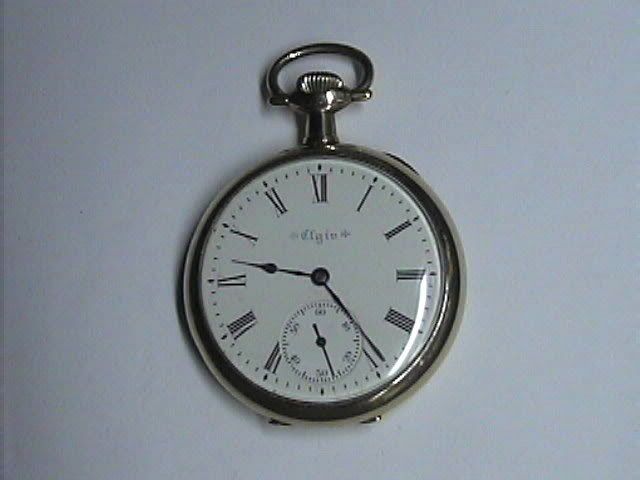
The finished job!
